Top 7 Interesting Facts about Gustave Eiffel
During the 19th and 20th centuries, Gustave Eiffel was one of the most significant French figures. He not only created the Eiffel Tower, but he also made ... read more...substantial contributions to many other fields of research and erected a number of other famous structures. Let's look at the top 7 interesting facts about Gustave Eiffel.
-
The most famous landmark in France is the Eiffel Tower, which Gustave Eiffel both planned and constructed. The architect's name is also attached to the tower. The tower was first created for the city's hosting of the 1889 World Fair and was constructed between 1887 and 1889. Many Parisian intellectuals and critics at first decried the tower, many of whom thought it was an unattractive building.
Despite those early critiques, the tower overcame them and went on to become one of France's and the world's most recognizable structures. In fact, with almost 6.9 million visitors climbing to the top of the tower each year, it is the most frequented paid-for landmark in the whole globe.
For 41 years, the Eiffel Tower has held the record for the highest building in the world. With a height of around 324 meters and a mass of 10,100 tonnes. Designed and built to withstand wind pressure, the tower is made up of 12,000 unique parts and 2,500,000 rivets. If the tower's metal were to be melted down, it would only fill up its base to a depth of around two and a half inches, which is a wonder of the material economy that Eiffel achieved throughout his years of building bridges. As of March 31, 1889, Gustave Eiffel had finished the Eiffel Tower. The Eiffel Tower represents architecture, engineering, and the city of Paris.
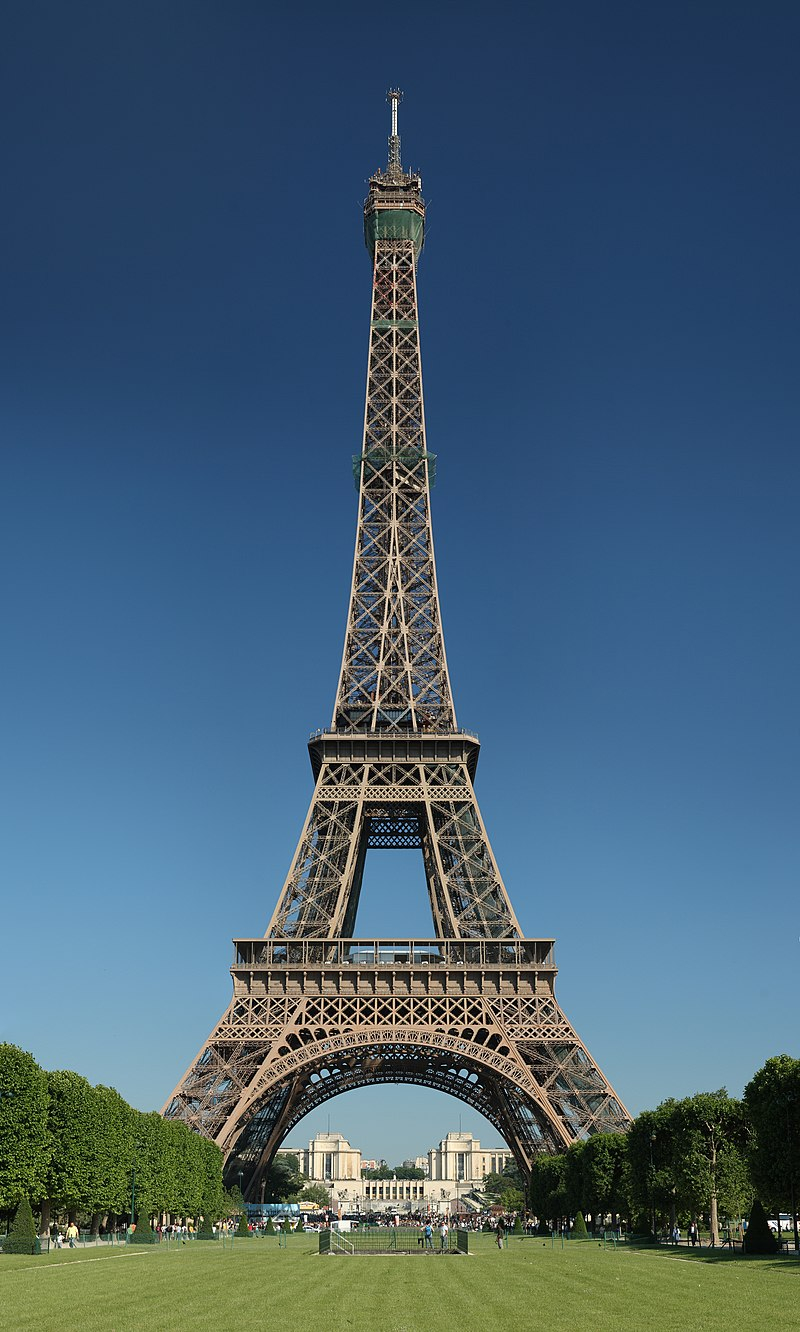
Photo: The Eiffel Tower by Gustave Eiffel - vi.wikipedia.org 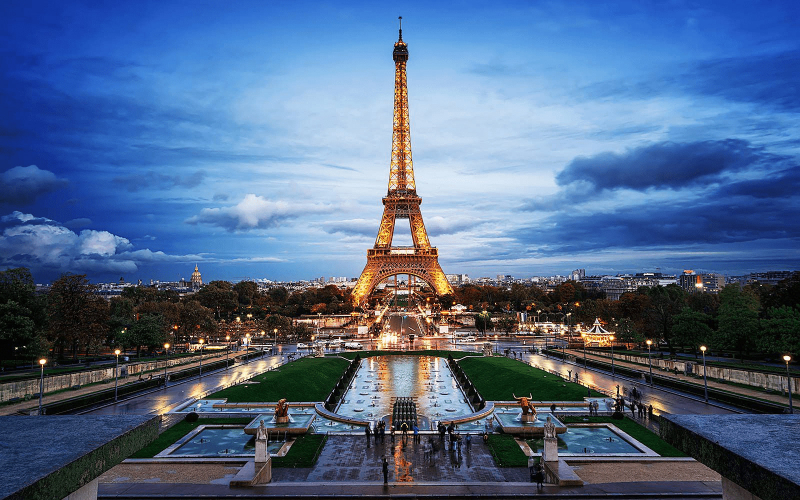
Photo: The Eiffel Tower by Gustave Eiffel - game4v.com -
One of the interesting facts about Gustave Eiffel is that, besides building the Eiffel Tower, the metalwork for the Statue of Liberty was his most notable lifetime achievement.
Frédéric Auguste Bartholdi, a well-known French sculptor, created the Statue of Liberty, a representation of goodwill between the United States and France, while Gustave Eiffel produced the renowned structure's metalwork in 1881. The gigantic iron pylon and skeletal framework were created by Alexandre Gustave Eiffel, who was employed to do so. Allowing for copper's thermal expansion was one of the design's secrets in creating the statue. The dimensions of material vary as a result of temperature variations. The copper shell can move autonomously and stand erect thanks to the skeleton structure.
Today, the Statue of Liberty continues to stand near Ellis Island in New York and is seen as a representation of liberty and freedom in the United States. Another symbol of togetherness between the two countries is a little Statue of Liberty that is placed in front of the larger one in New York in Paris.
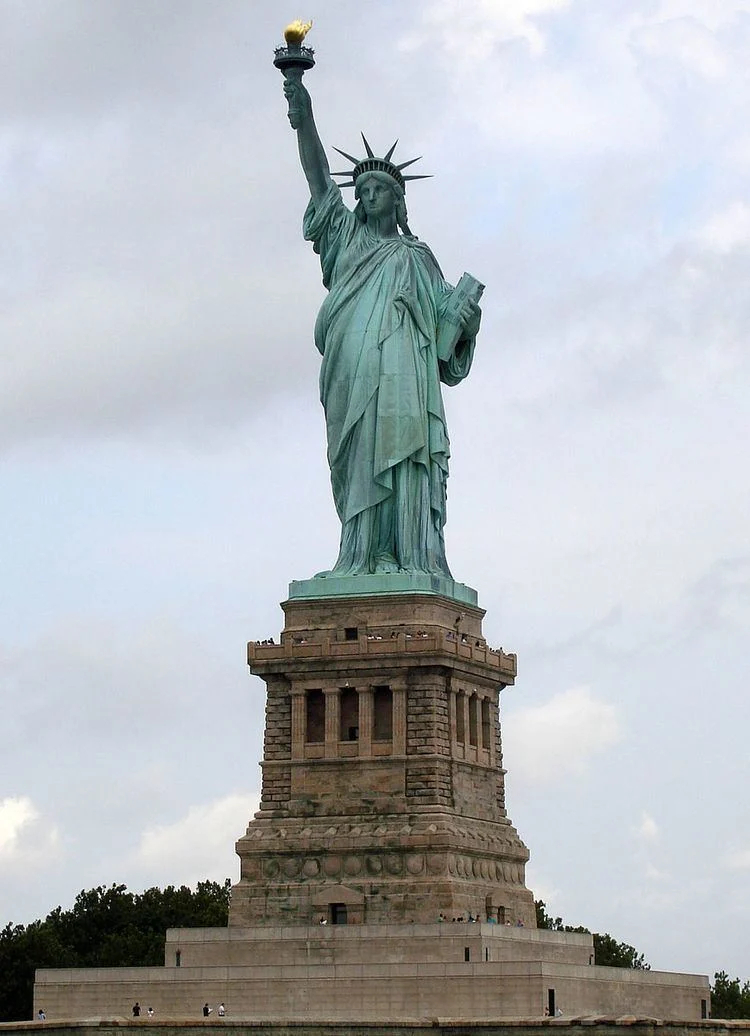
Photo: Statue of Liberty - alchetron.com 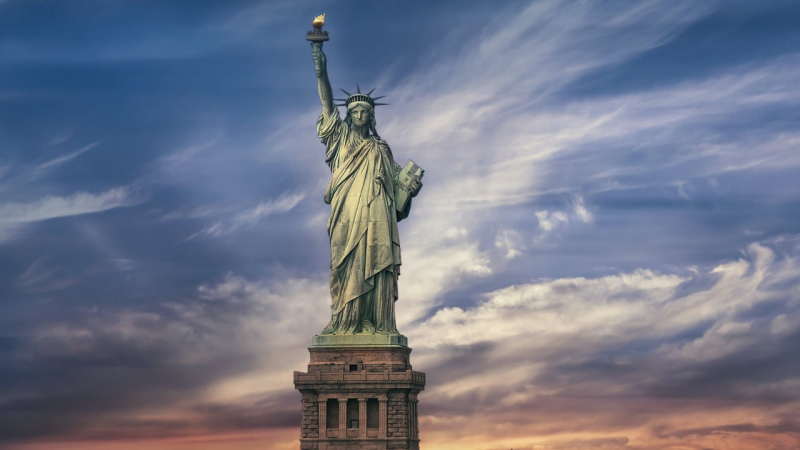
Photo: Statue of Liberty - prabook.com -
Lycée Royal, a renowned institution in Dijon, is where he received his education. His history and literature professors in the last years of his education inspired him to work harder in class despite his poor academic performance. He worked really hard in school and earned a BSc in science and humanities.
He had an uncle named Jean Baptiste Mollerat who created the distillation method. A scientist and his uncle's buddy, Michel Perret, was also a chemist. Michel Perret and Jean Baptiste Moller instructed Gustave in the fields of chemistry, mining, religion, and philosophy. College Sainte-Barbe is where Gustave attended college while living in Paris. Gustave Eiffel didn't put much effort into his studies, but because of his prowess in the sciences and engineering, he was able to enroll at the elite Ecole Polytechnique and Ecole Centrale des Arts et Manufactures. The École Centrale des Arts et Manufactures, one of the most prominent engineering institutions not just in France but also in the entire globe, is where he would later pursue his studies.
Gustave Eiffel finished 13th out of 80 graduates in 1885, and his degree helped him land his first engineering position. Eiffel began his work as a metal builder, specializing in bridges above everything else. Over the ensuing decades, he worked on a number of them, letting mathematics figure out how to create lighter, stronger structures.
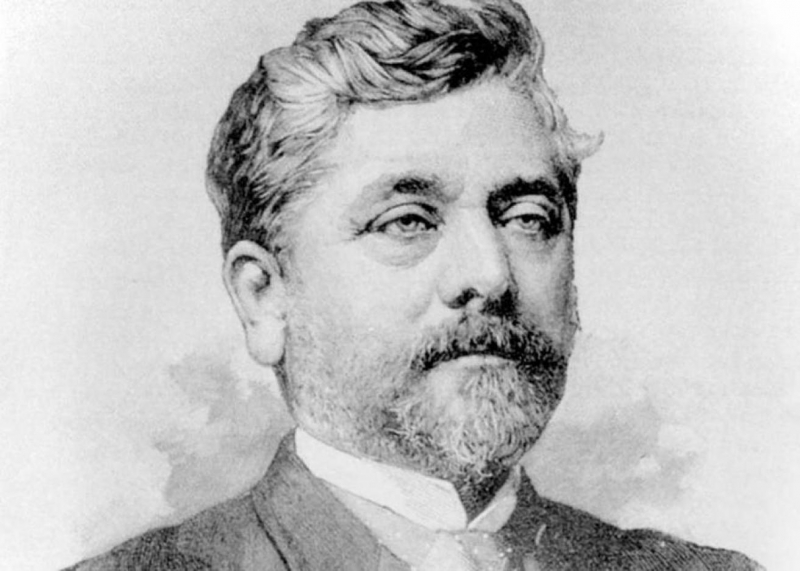
architectuul.com 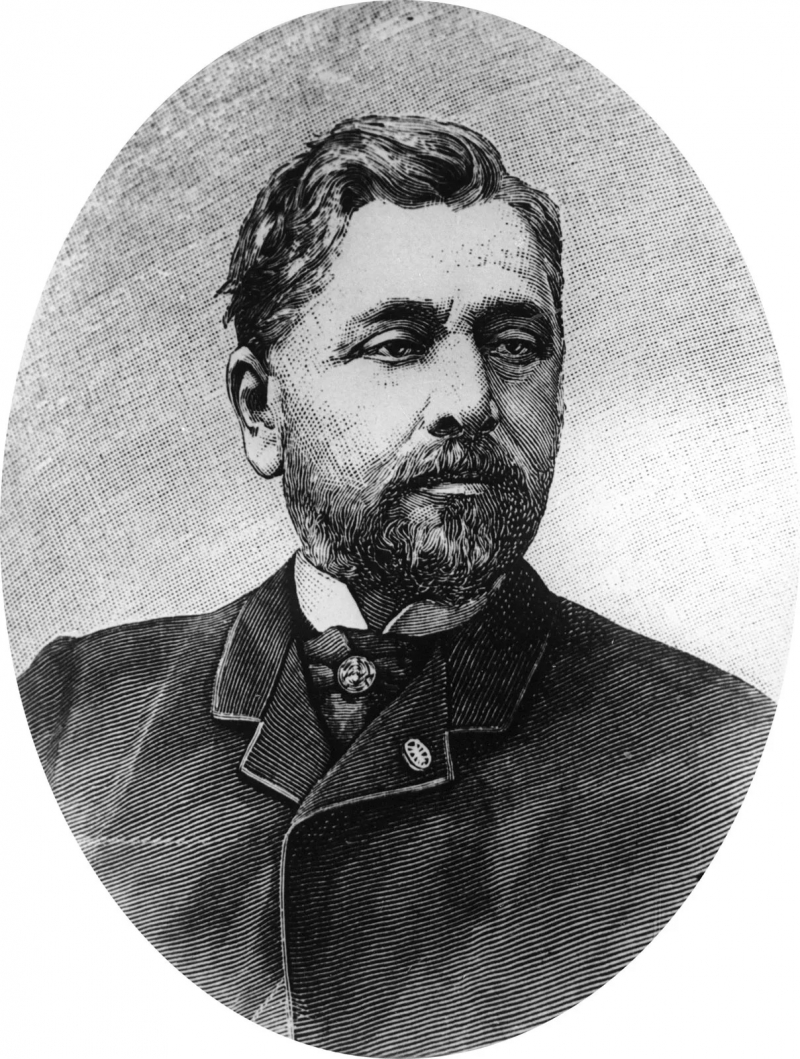
britannica.com -
Gustave Eiffel transitioned into aerodynamics and meteorology after leaving architecture. This decision was motivated by certain issues Eiffel had with the impact wind force was having on some of his constructions.
He began by attempting to come up with a useful use for the Tower, which had only been intended to last for twenty years. In addition to using it as a weather observation station and a massive aerial mast for the emerging field of radio transmission, he used it in wind resistance studies.
He built a wind tunnel directly at the foot of the Tower and a second, much larger one on Rue Boileau in Paris in 1909 to further his studies into aerodynamics. He gathered meteorological data at stations put throughout his numerous properties. Last but not least, this wind tunnel is still functional.
Gustave Eiffel would later see some success in this area as well, and at this time he carried out several tests in wind tunnels. In 1913, at the age of 83, the Smithsonian Institution gave him the Samuel P. Langley Medal for Aerodromics.
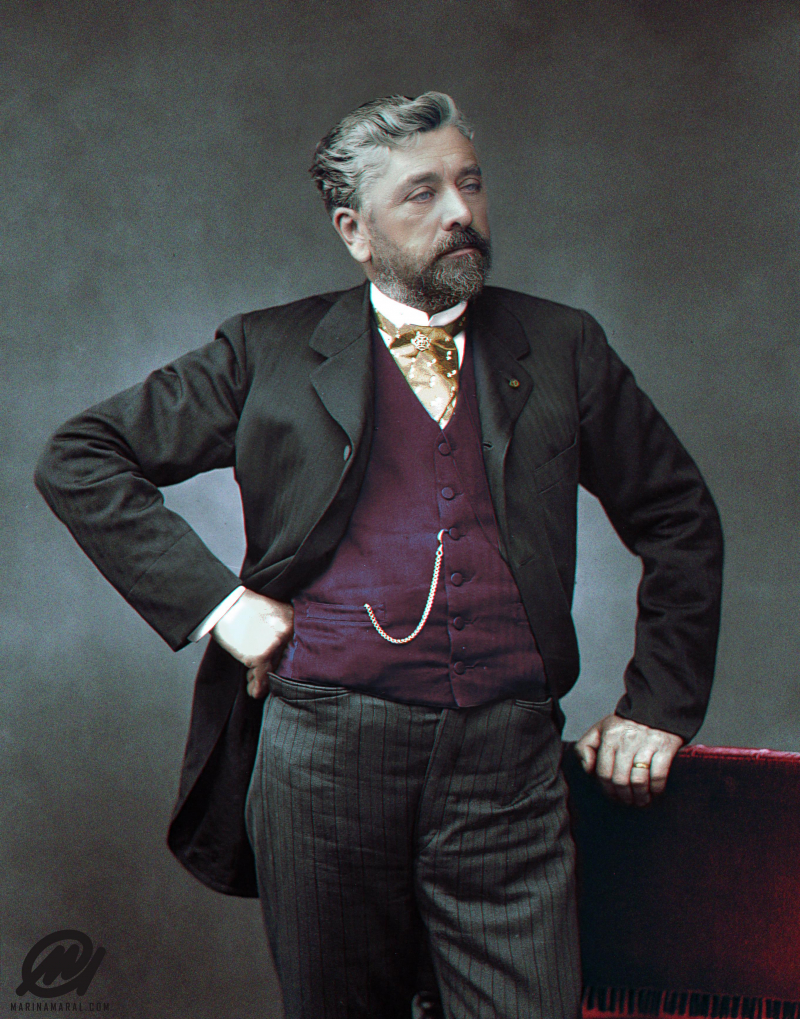
reddit.com 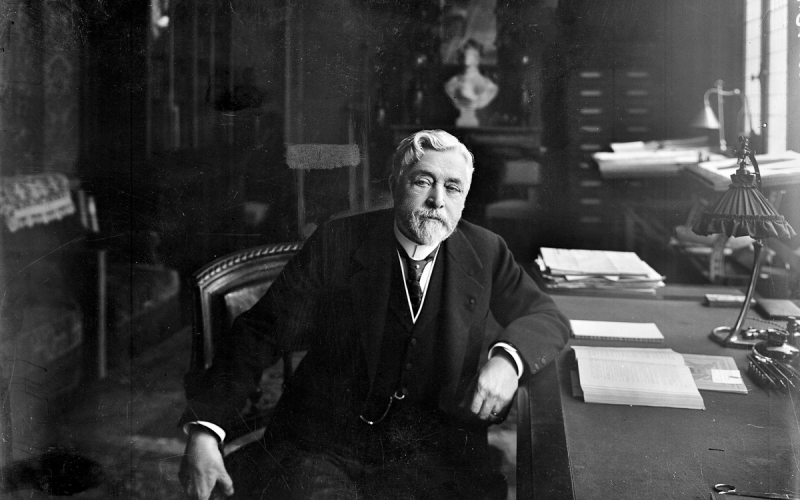
paris.fr -
After building the Eiffel Tower, Gustave Eiffel became embroiled in a scandal that significantly damaged his reputation at the time. Eiffel was involved in the canal-building project over the Panama Isthmus in 1887. The French canal business recruited Eiffel to design the locks that would be utilized as a part of the canal in order to finish the project, which had been eager to finish for a while.
In his whole business career, this deal was the largest and most dangerous one he had ever signed. Due to the risk, he was taking, he received significant financial benefits and strong assurances that allowed him to start collecting his profit as soon as the job started. Despite the care that Eiffel took with the project, the liquidation of the canal construction company, Compagnie du Canal, on February 4, 1889, resulted in his own indictment for fraud along with De Lesseps and his son, and a sentence of two years in prison and a fine of 2000 francs, even though nothing could be really blamed on him personally.
He retired from business after severely compromising his honor and dignity. The decision was eventually overturned by the highest appeals court, the Cour de Cassation, freeing him from all legal responsibilities related to the charges and ending any ongoing legal proceedings against him.
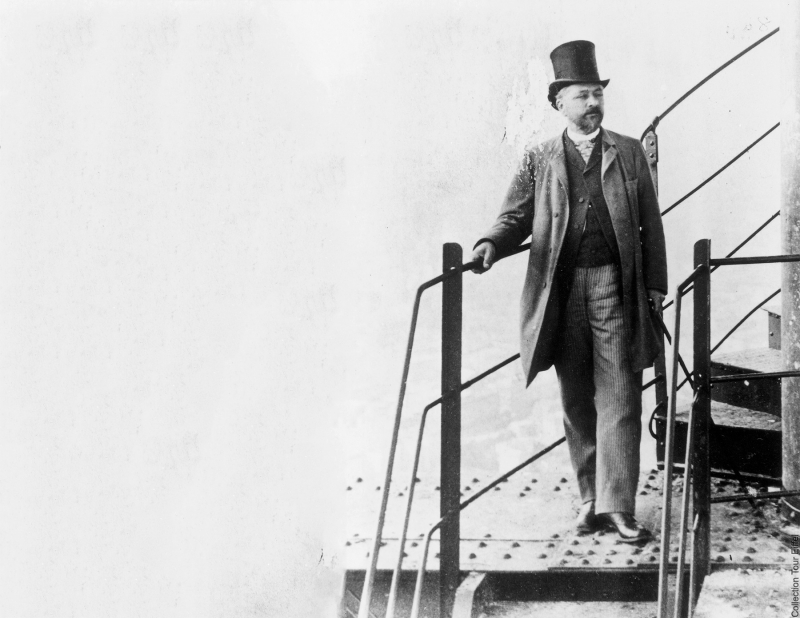
toureiffel.paris 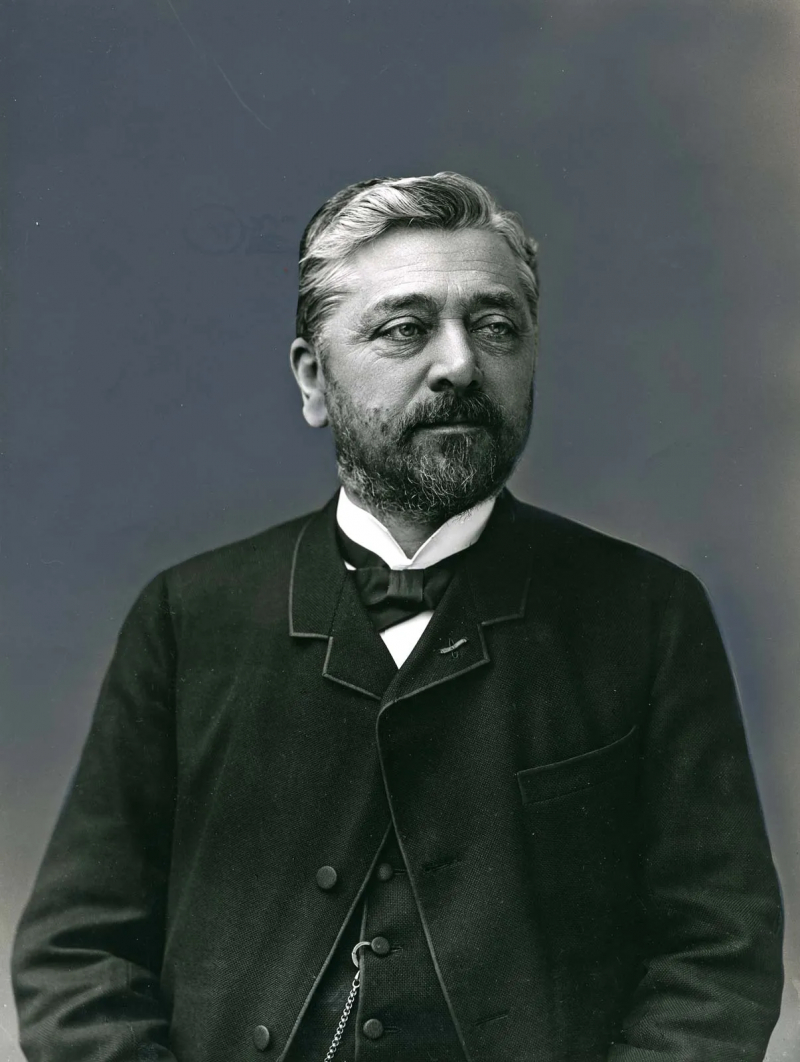
britannica.com -
His preferred line of work was bridging, especially railroad bridges, however, he also achieved fame for his metal structural work and industrial structures. The twin structures of the Porto viaduct and the Garabit bridge in the French Cantal area are two of the most notable among the many beautiful buildings that he designed throughout his career.
He contributed to several renowned structures around the nation, with the spectacular Garabit Viaduct in the French Cantal region of Ruynes-en-Margeride being one of his most notable accomplishments. It was regarded as the world's tallest bridge at the time. The fact that this bridge helped Gustave Eiffel become well-known and one of the nation's leading architects is one of the interesting facts about Gustave Eiffel.
On the route from Marvejols to Neussargues, this bridge, which spans the Truyère valley, is 564 meters long and 122 meters high. It is supported by five piers, the largest of which rises to a height of 89.64 meters. With a spire of 56.86 meters and a chord of 165 meters, the central arch is a parabolic archThis enormous edifice is the biggest ever constructed in France due to its size (3,254 tonnes). It was constructed using consecutive cantilevers, the same as the one in Porto.
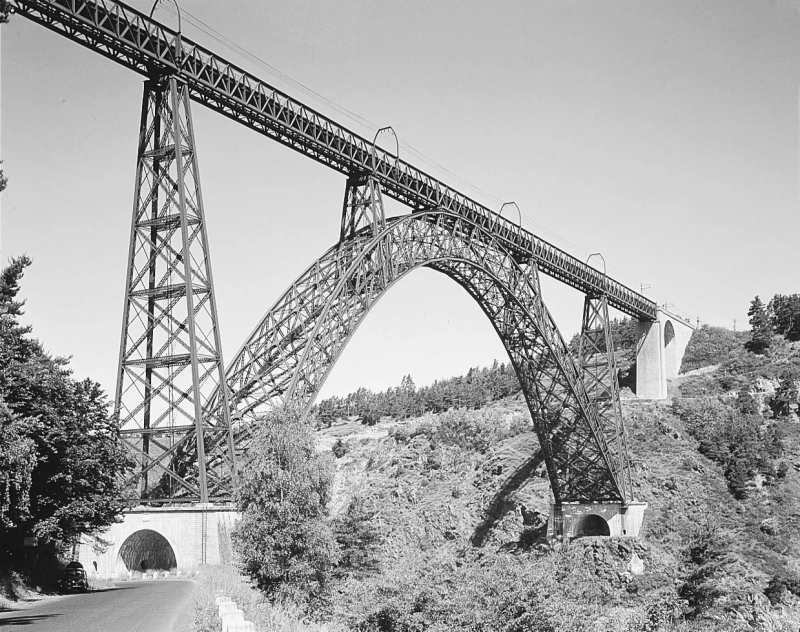
Photo: The Garabit Viaduct - britannica.com 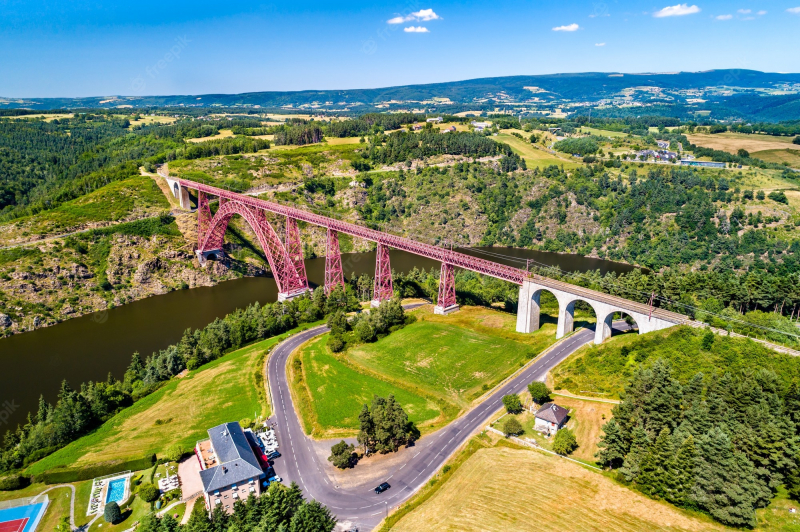
Photo: The Garabit Viaduct - freepik.com -
The Maria Pia Bridge in Porto, Portugal, was created by Gustave Eiffel, which is one of the interesting facts about Gustave Eiffel. He constructed the Maria Pia bridge, also called Ponte Dona Maria or Ponte Maria Pia, as a railroad overpass. One of the most visited tourist attractions in the entire city is the Maria Pia Bridge. Wrought iron was used to construct the bridge when it was first constructed in 1877. A more contemporary successor was built in 1991, therefore it is no longer in service as a rail bridge. Although it is no longer in service, the bridge was formerly a railway bridge.
The 353 meters (1,158 feet) long, two-hinged crescent-shaped, wrought-iron structure, which was suspended 60 meters (200 feet) over the River Douro, used to span the river for the railway to Lisbon. The world's longest single-arch span at the time of construction was this one. It was built "at the boundaries of the classical metal structure," according to Gustave Eiffel. Using cutting-edge techniques at the time, the inventiveness used in its creation established it as an engineering milestone.
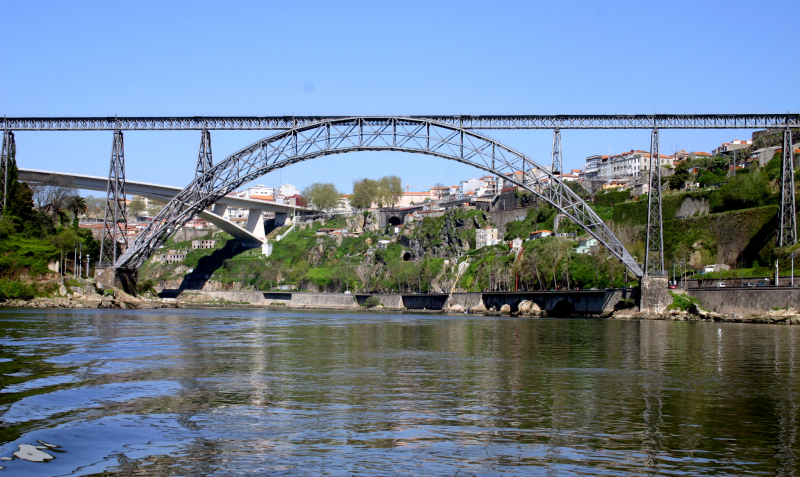
Photo: The Maria Pia bridge - commons.wikimedia.org 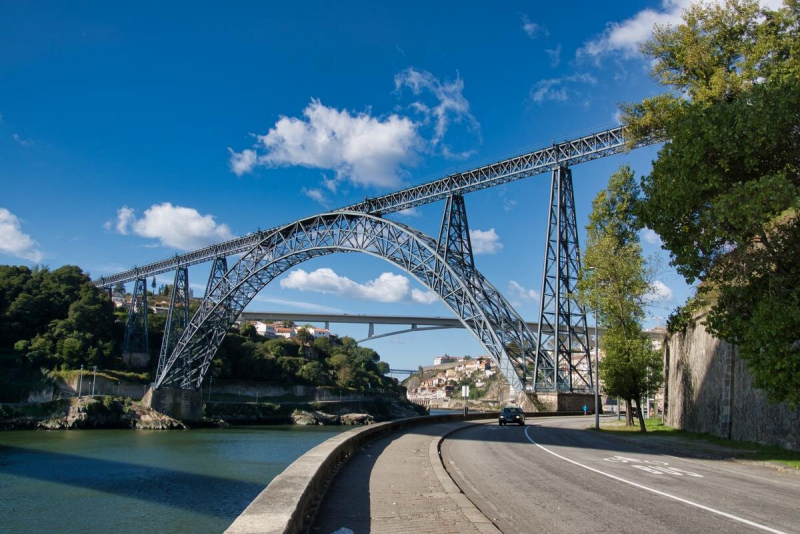
Photo: The Maria Pia bridge - structurae.net




























